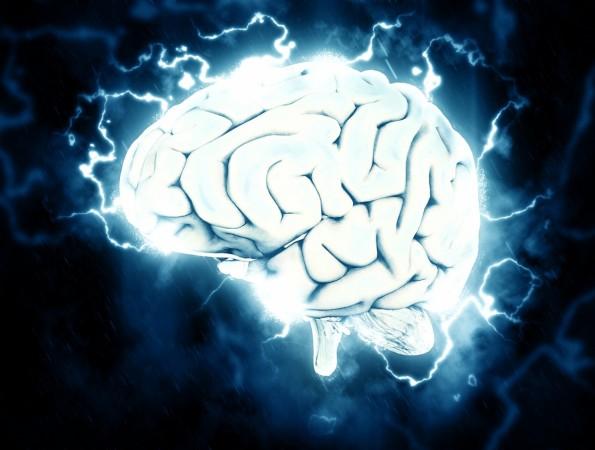
Scientists have apparently figured out a way to inject information directly into our brain in what is seen as a breakthrough in creating better treatments for brain injuries.
As part of a new study, a team of neuroscientists has demonstrated that tiny electrical currents delivered to an area of the brain that initiates movement can help provide certain instructions to the brain that guide the subject's movements.
The study, published in the journal Neuron on Thursday, showed that very low level of electrical stimulation delivered directly to the premotor cortex can instruct an appropriate response or action. According to researchers, this reaction essentially replaces the signals we would normally receive from the parts of the brain that process what we hear, see and feel.
"Researchers have been interested primarily in stimulating the primary sensory cortices -- the somatosensory cortex, visual cortex and auditory cortex -- to input information into the brain," senior author Marc H. Schieber, a physician and researcher at the University of Rochester, said in a statement.
Experts working in the research, which is still in its infancy, said that the findings can eventually help physicians better treat people with brain damage due to a stroke or injury.
In the new study, the researchers trained monkeys to execute a task when presented with a visual cue, either turning, pushing, or pulling specific objects when prompted by different lights. The animals also simultaneously received a very mild electrical stimulus in different areas of the premotor cortex depending upon the task and light combination.

The researchers then replicated the experiment, but they took away the lights and kept on delivering the micro-stimulation. However, the monkeys were still able to successfully identify and perform the tasks, even when the pairing of micro-stimulation with a particular action was reshuffled to make the task tougher.
"Most work on the development of inputs to the brain for use with brain-computer interfaces has focused primarily on the sensory areas of the brain," lead author Kevin Mazurek, Ph.D. with the University of Rochester, said in the statement. "In this study, we show you can expand the neural real estate that can be targeted for therapies."
Researchers now expect that the findings of the study could be crucial for people who have lost function in areas of their brain due to stroke, injury, or other diseases.
"We can potentially bypass the damaged part of the brain where connections have been lost and deliver information to an intact part of the brain," Mazurek added.

















